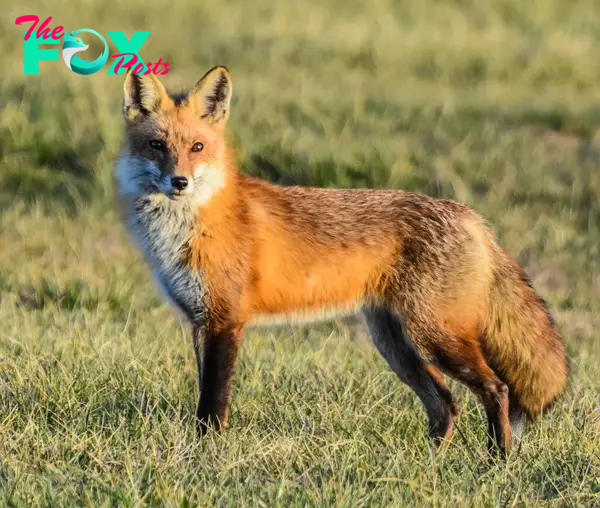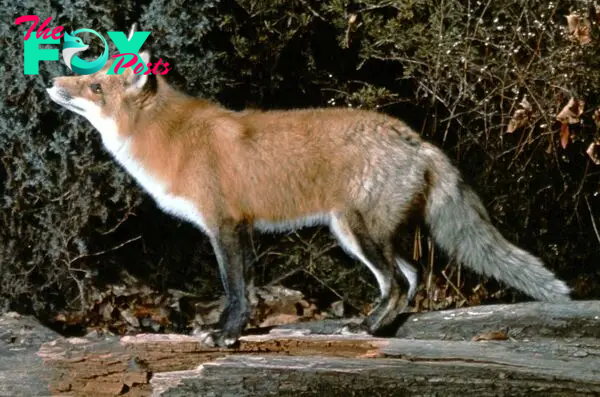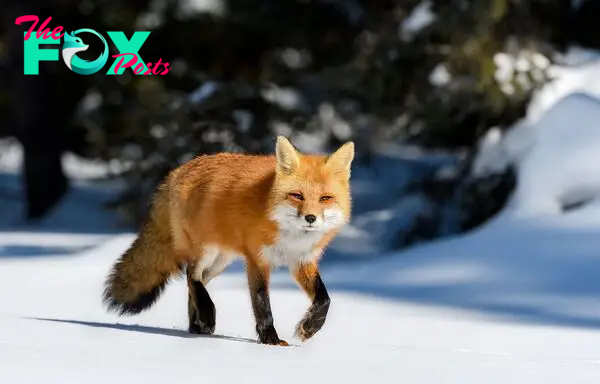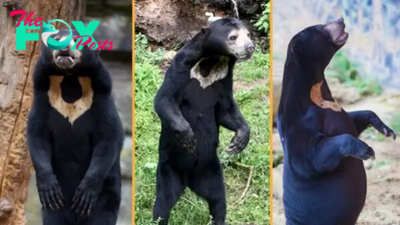Animals
The Enigmatic Fox: A Comprehensive Exploration of Its Adaptations, Behavior, and Cultural Impact H17

Sure! Here’s an article about foxes:
—
The fox, a member of the Canidae family, is a small to medium-sized carnivorous maMMAl renowned for its agility, intelligence, and striking appearance. With their distinctive bushy tails and sharp, pointed features, foxes have captivated the interest of naturalists and folklore enthusiasts alike. Among the various species of foxes, the most well-known is the red fox, which is distinguished by its vibrant reddish-brown fur, white underbelly, and bushy tail tipped with white. The red fox is widely distributed across the Northern Hemisphere, including North America, Europe, and Asia, making it one of the most adaptable and successful species of fox.

Foxes are known for their remarkable adaptability, thriving in diverse environments ranging from forests and grasslands to urban areas. This adaptability has allowed them to live in close proximity to human settlements, where they often forage for food in gardens, parks, and even landfills. Foxes primarily feed on small maMMAls, birds, insects, and fruits, but their diet can vary significantly depending on their habitat and the availability of food. Their opportunistic feeding habits and keen hunting skills contribute to their survival in various conditions.
One of the most striking features of foxes is their acute senses. Their sharp hearing allows them to detect the faintest sounds of prey, even beneath the snow. Foxes can also use their keen sense of smell to locate food and navigate their environment. Their large, expressive eyes, adapted for low-light conditions, enable them to hunt effectively during dawn and dusk. This nocturnal behavior is typical of many fox species, as they are primarily active during the twilight hours when their prey is also active.

Socially, foxes are known for their complex behaviors. Unlike some other members of the Canidae family, such as wolves, foxes are often solitary Animals. They maintain territories that they mark with scent to communicate with other foxes and to deter rivals. Despite their solitary nature, foxes can exhibit family-oriented behavior during the breeding season. A pair of foxes will typically stay together to raise their young, known as kits, in a den. The den, often a burrow dug into the ground, provides a safe and warm environment for the kits to grow and develop.
Foxes have played a significant role in human culture and mythology throughout History. In various cultures, they are often depicted as cunning and intelligent Animals, symbolizing craftiness and trickery. For instance, in many Native American legends, the fox is portrayed as a clever and resourceful character. Similarly, in European folklore, the fox is frequently depicted as a wily trickster, using its intelligence to outsmart other Animals.

Conservation status varies among fox species, with some being considered of least concern while others face threats from habitat loss, hunting, and disease. The red fox, for example, is not currently endangered and is considered to be of least concern due to its wide distribution and adaptable nature. However, other species, such as the Arctic fox, face challenges due to climate change affecting their icy habitats. Conservation efforts are crucial in addressing these threats and ensuring the survival of less common fox species.
In the context of urban environments, foxes have become increasingly visible as they adapt to living in close proximity to humans. This urbanization has led to both positive and negative interactions between foxes and people. On the one hand, foxes can help control rodent populations and contribute to the ecological balance of urban areas. On the other hand, they may sometimes cause conflicts with homeowners, particularly if they scavenge for food in garbage bins or damage property.
Overall, the fox remains a fascinating and resilient animal with a diverse range of adaptations that enable it to thrive in various environments. Its ability to navigate different habitats, its intelligence, and its significant cultural impact all contribute to its status as a remarkable and enduring symbol in both nature and human society.
-

 Animals2h ago
Animals2h agoForest Rangers and Community Rally to Save Elephant Trapped on Railway Tracks
-

 Animals2h ago
Animals2h agoWild Encounter: Lioness Overpowers Crocodile in Nature’s Epic Showdown
-

 Animals7h ago
Animals7h agoVillagers Rally to Save Trapped Elephant in Dramatic Rescue Operation
-

 Animals7h ago
Animals7h agoRoyal Appeal: Princess Cat Seeks Foster Mother for Regal Care
-

 Animals8h ago
Animals8h agoSun bear: The little carnivores that look so similar to humans they've been mistaken for people wearing costumes
-

 Animals8h ago
Animals8h agoOtherworldly video captures rare jellyfish with a hitchhiker in its bell
-

 Animals12h ago
Animals12h agoThe Extraordinary Father Cat with a Mini-Me Lookalike Kitten
-

 Animals12h ago
Animals12h agoUnveiling Milkshake: The Rare Pink Pug Making Hearts Melt Worldwide













![Anime Spirits Codes [GEAR 5 DUO + 3X] (July 2024)](https://cdn.thefoxposts.com/vimedia/w80/2024/07/28/2721a3860094e853e62ac1ba9653c0fc.webp)

